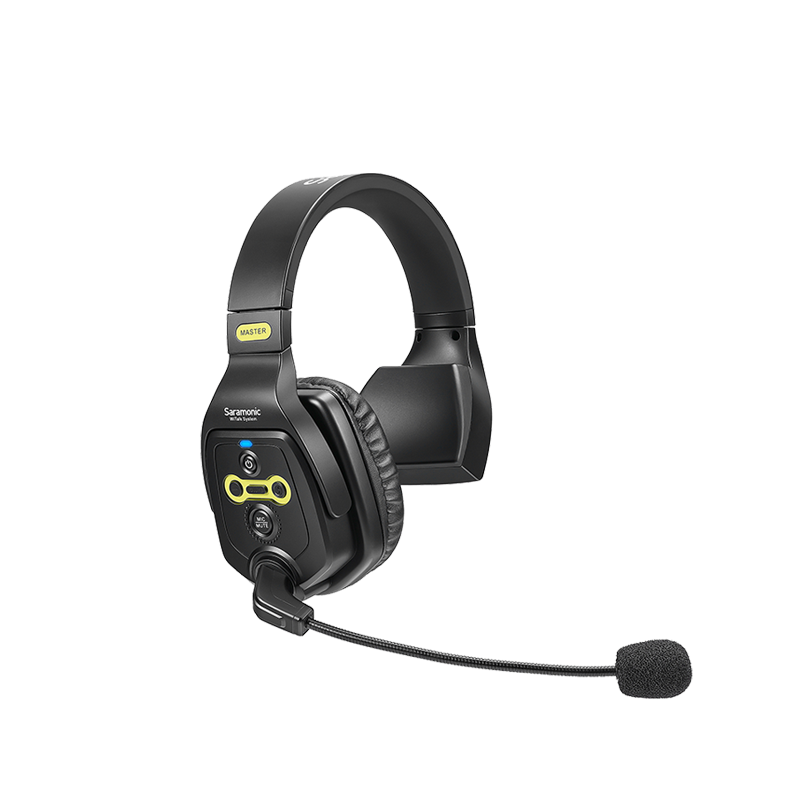Unlock the Secrets of Intercom Systems: Discover How They Transform Communication!
In today's fast-paced world, effective communication is essential, whether at home or in the workplace. Intercom systems have emerged as a vital tool in facilitating seamless communication, bridging distances that traditional systems can't. These systems have evolved dramatically over the years, adapting to the needs of modern users in both residential and commercial settings. From the simple doorbell intercoms of the past to the sophisticated audio and video systems we see today, the growth of intercom technology reflects a broader trend towards smart living. Imagine being able to speak to someone at your front door from the comfort of your living room or instantly connecting with colleagues across the office without leaving your desk. Intercom systems are not just about convenience; they are about transforming how we communicate and enhancing our daily lives.

Understanding Intercom Systems
Intercom systems are communication devices that allow users to send and receive audio or video messages within a certain range. These systems typically consist of a master station, which is the main control unit, and one or more substations or intercom units, located in various rooms or areas. The technology behind intercoms can vary, but most modern systems operate using digital signals, allowing for clearer sound and video transmission. Some intercoms use wired connections, while others operate wirelessly, making them versatile for different environments. The core functionality of intercom systems lies in their ability to facilitate two-way communication, making it easy to connect with others without needing to use a phone or get up from your seat. Whether it’s a quick chat with a family member or an announcement in a large office, intercom systems streamline communication effectively.
Features of Intercom Systems
Intercom systems come equipped with a variety of features that enhance their functionality. One of the most significant advancements is the inclusion of audio and video capabilities, allowing users to see and hear who they are communicating with. Many systems offer high-definition video quality, making it easy to identify visitors at your door. Wireless options are also prevalent, providing users with the flexibility to install intercoms without the hassle of running wires throughout their homes or offices. Additionally, modern intercom systems can integrate with smart home technology, enabling users to control their intercom systems through their smartphones or other smart devices. This integration allows for features like remote access, where users can answer their door from anywhere in the world. With various customization options, users can tailor their intercom systems to fit their specific needs and preferences.
Benefits of Using Intercom Systems
The advantages of using intercom systems are substantial, particularly regarding security and communication efficiency. For residential users, intercom systems provide enhanced security by allowing homeowners to see and communicate with visitors before granting them access. This feature is invaluable in preventing unauthorized entry and ensuring the safety of loved ones. In commercial settings, intercoms improve workplace communication, enabling employees to connect easily with each other, reducing the need for constant movement throughout the office. Furthermore, intercom systems enhance convenience by centralizing communication points, allowing users to manage interactions from a single device. Whether in a busy office or a quiet home, the ability to communicate quickly and efficiently can lead to a more organized and productive environment. Personal experiences from friends who have installed intercom systems highlight how these devices have simplified their lives, making it easier for families to stay connected and for businesses to operate smoothly.
Types of Intercom Systems
Intercom systems can be categorized into several types, each with unique features and applications. Wired intercoms are one of the most traditional options, providing reliable communication through physical connections. These systems are often favored for their sound quality and security. Wireless intercoms, on the other hand, offer flexibility and ease of installation, making them suitable for homes and offices where wiring may not be feasible. Video intercoms are gaining popularity, particularly in residential settings, as they allow users to see who is at their door, adding an extra layer of security. Smart intercoms represent the latest innovation, integrating with home automation systems and offering features like remote monitoring and control via smartphones. Each type of intercom system serves different needs, ensuring that users can find a solution that fits their lifestyle and requirements.
Comparison of Intercom Types
When comparing intercom types, it's essential to consider the pros and cons. Wired intercoms provide reliable connections but can be more complex to install. Wireless options are easier to set up but may face interference issues. Video intercoms enhance security but often come at a higher cost. Smart intercoms offer cutting-edge features but require an internet connection for full functionality. Understanding these differences can help users make informed decisions based on their specific communication needs.
Key Takeaways on Intercom Systems
In summary, intercom systems are a transformative tool in modern communication, offering a range of features and benefits that enhance security and connectivity. Choosing the right intercom system is crucial, as it can significantly impact your daily life, whether at home or in a workplace. With various types of intercoms available, users can select systems that meet their specific needs, ensuring effective communication and peace of mind. As technology continues to evolve, the potential for intercom systems will expand, paving the way for even more innovative communication solutions.






Comments
daman game download link
दमन गेम डाउनलोड